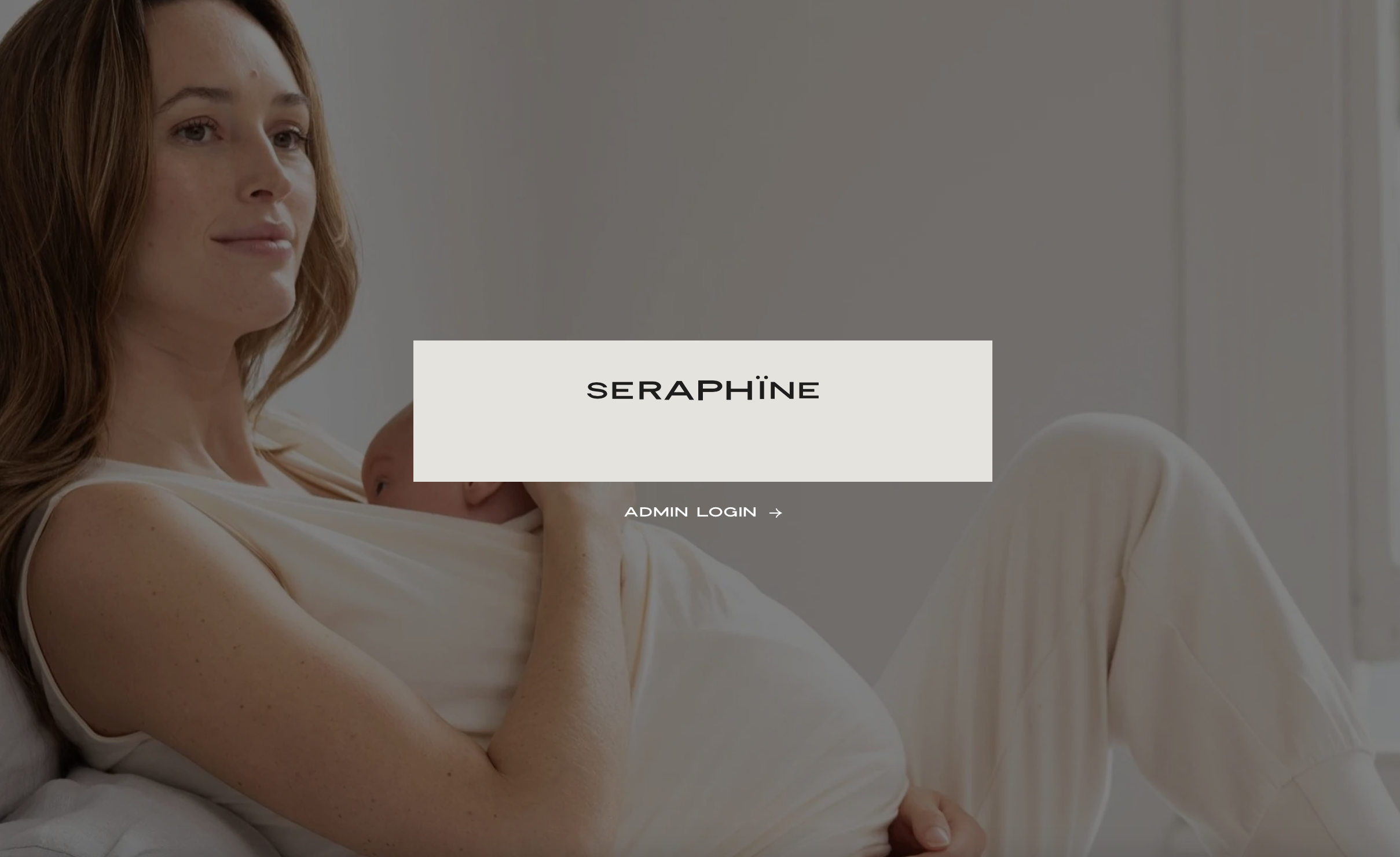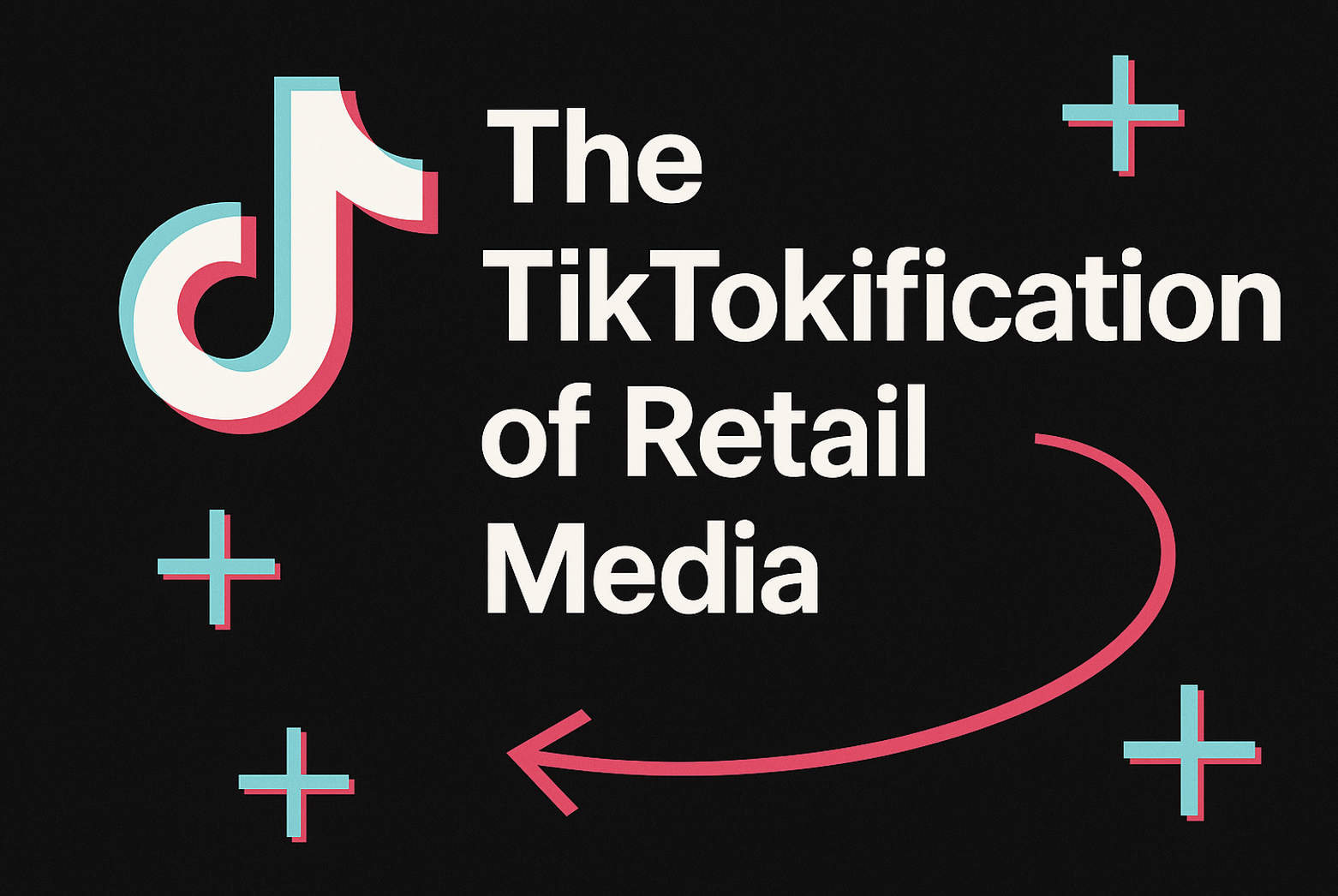By Emil Nenev – Vice President of Technology at Tryzens
In the current era of commerce, technology vendors play a crucial role in driving merchant progress by acting as the high-octane fuel that accelerates innovation. Fuse, the integrations arm of the international digital commerce agency, Tryzens, knows this. We often see that successful growth strategies hinge on seamless and efficient integrations, enabling merchants to swiftly adopt technology while reducing implementation costs.
Achieving seamless integrations, however, is a nuanced process. There is no one-size-fits-all approach, as much of the development depends on the specific platform in question. For instance, developing a cartridge for Salesforce Commerce Cloud follows a different process than creating an app for BigCommerce. Adding to the complexity is the system’s architecture, whether it’s a traditional monolith, a headless system, or a composable stack.
Understanding different architectures: monolithic vs. headless vs. composable
Traditional monolithic systems boast a tightly integrated structure, simplifying maintenance but making integrations less flexible. In contrast, headless and composable tech stacks offer alternative architectures, with an API-driven approach facilitating communication between components. Headless separates the frontend and backend, while composable treats each component as a separate, interchangeable module, allowing for a deeper level of customisation.
With rising demand for fast and efficient digital experiences, coupled with the growth of emerging technologies like machine learning and augmented reality, the retail industry faces an urgent need to overhaul tech architecture. This is making the adoption of headless and composable architecture gaining momentum. According to Salesforce’s State of Commerce report, 80% of businesses are planning to implement headless architecture in the next couple of years.
Benefits of headless and composable architecture
Brands and retailers making the switch to headless and composable architecture experience benefits such as flexibility and customisation in building digital experiences. For example, Sweaty Betty’s move to Salesforce Composable Storefront resulted in increased conversions and accelerated site speed.
Integration considerations for vendors
When integrating into headless or composable stacks compared to monolithic systems, technology vendors face distinct challenges to unlock the unique opportunities. Understanding specific requirements is key for achieving client satisfaction and brand recognition. These include:
- Ecosystem awareness
Vendors must understand the architectural landscape of the ecosystem they are entering. Tailored solutions that enhance adaptability and scalability of composable systems benefit both merchants and customers. - API Excellence
Delivering robust and well-documented APIs is foundational for both headless and composable systems. Developer-friendly APIs facilitate smooth interactions between different components. - Client-side or Server-side integration
Deciding where to integrate (client-side or server-side) affects real-time updates, dynamic user experiences, data security, and maintaining a centralised view. - Pre-built components and frontend recipes
Offering pre-built components in React for client-side integrations and providing frontend recipes with sample code simplifies and accelerates the integration process for merchants. - Scalability and customisation
Scalability should be a priority in integration strategies, allowing solutions to grow seamlessly with client needs. Configurability options enable merchants to fine-tune components in line with the principles of headless and composable systems. - Security
Emphasising security in integrations for composable architectures ensures adherence to industry standards and regulations. Server-side plugins handle complex tasks, prioritising security and central control. - Partner ecosystem
Fostering partnerships with tech providers that complement offerings facilitates smoother integrations and enhances overall value propositions.
Key takeaways
For technology vendors navigating the dynamic world of digital commerce, understanding and adeptly handling headless and composable tech stacks is essential. By embracing decoupling, modularity, and API-driven architectures, vendors position themselves to thrive in an innovative landscape.
For those seeking to integrate into headless or composable architectures, connecting with Fuse provides a pathway to seamlessly enter the wider world of commerce, from monolith platforms to composable stacks.






